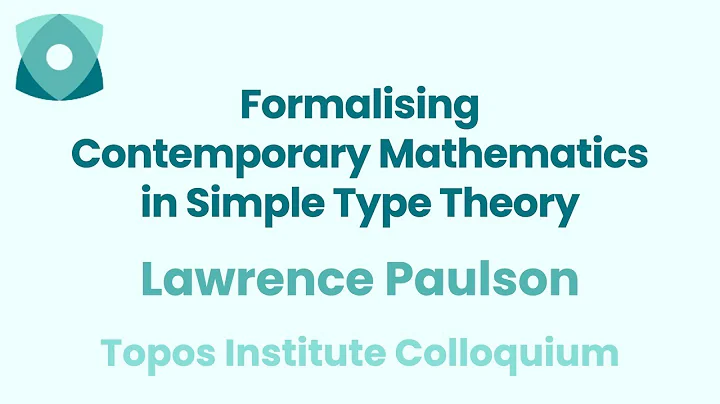Larry Lodoen Paulson
age ~77
from Eden Prairie, MN
- Also known as:
-
- Larry L Paulson
- Lawrence L Paulson
- Laurence L Paulson
Larry Paulson Phones & Addresses
- Eden Prairie, MN
- 116 3Rd St, Montevideo, MN 56265 • 3202696229 • 3203211024
- Fargo, ND
- Little Falls, MN
- Starbuck, MN
- Brainerd, MN
- Saint Cloud, MN
- De Pere, WI
- Sun City West, AZ
- Green Bay, WI
- Maple Plain, MN
- 3256 18Th St S APT 301, Fargo, ND 58104
Medicine Doctors

Larry E. Paulson
view sourceSpecialties:
Physical Medicine & Rehabilitation
Work:
Center Orthopedics/Nrsgcl CrCenter For Orthopedics & Neurosurgical Care
2200 NE Neff Rd STE 200, Bend, OR 97701
5413823344 (phone), 5413821681 (fax)
2200 NE Neff Rd STE 200, Bend, OR 97701
5413823344 (phone), 5413821681 (fax)
Education:
Medical School
University of Nevada School of Medicine
Graduated: 1991
University of Nevada School of Medicine
Graduated: 1991
Procedures:
Neurological Testing
Languages:
English
Spanish
Spanish
Description:
Dr. Paulson graduated from the University of Nevada School of Medicine in 1991. He works in Bend, OR and specializes in Physical Medicine & Rehabilitation. Dr. Paulson is affiliated with St Charles Health Center Bend.
Isbn (Books And Publications)

Restoring the Fallen: A Team Approach to Caring, Confronting & Reconciling
view sourceAuthor
Larry Paulson
ISBN #
0830816194
Resumes

Larry Paulson
view source
Larry Paulson
view sourceSkills:
Customer Service
English
Public Speaking
Windows
Microsoft Excel
Outlook
Microsoft Word
Powerpoint
Microsoft Office
English
Public Speaking
Windows
Microsoft Excel
Outlook
Microsoft Word
Powerpoint
Microsoft Office

Larry Paulson
view source
Larry Paulson
view source
Larry Paulson
view sourceWork:
Usaid
Foreign Service Officer
Usaid
Development Officer
Foreign Service Officer
Usaid
Development Officer

Larry Paulson
view source
Larry Paulson
view sourceLocation:
United States
Name / Title
Company / Classification
Phones & Addresses
Principal
Janice Paulson Shop
Ret Misc Merchandise
Ret Misc Merchandise
1903 17 St S, Moorhead, MN 56560
Principal
Lars Big Toe
Beauty Shop
Beauty Shop
12947 Brentwood Cir, Brainerd, MN 56425
Managing
Phoenix Plastics, LLC
Mfg Misc Industry Machinery
Mfg Misc Industry Machinery
16658 11 St NE, Little Falls, MN 56345
3206320945
3206320945
Us Patents
-
Response Detector For Pattern Processing System
view source -
US Patent:45518505, Nov 5, 1985
-
Filed:Feb 7, 1983
-
Appl. No.:6/464624
-
Inventors:Larry J. Werth - Eagan MN
Larry G. Paulson - Moundsview MN -
Assignee:Pattern Processing Technologies, Inc. - Minneapolis MN
-
International Classification:G06K 970
-
US Classification:382 18
-
Abstract:A pattern processing system associates image input patterns with desired response codes. The image input is stored in an image buffer as an addressable array of sample values. An address sequencer provides an address stream containing a plurality of interleaved sequences of addresses to the image buffer and to a read/write response memory. The next address of each sequence provided by the address sequencer is based upon the current address of that sequence and the state of the sample value stored in the image buffer at the location corresponding to the current address. Once the address sequencer repeats an address in a sequence, that address sequence is in a repetitive address loop as long as the image stored in the image buffer remains constant. During a training mode, a pattern to be recognized is supplied to the image buffer and a training code representing a desired response is written into the response memory at selected locations that correspond to addresses in the address loop being generated. During a later recognition mode, when the same pattern is supplied to the image buffer, the same address loop is again generated.
-
Address Sequencer For Pattern Processing System
view source -
US Patent:45504318, Oct 29, 1985
-
Filed:Feb 7, 1983
-
Appl. No.:6/464588
-
Inventors:Larry J. Werth - Eagan MN
Larry G. Paulson - Moundsview MN -
Assignee:Pattern Processing Technologies, Inc. - Minneapolis MN
-
International Classification:G06K 900
-
US Classification:382 1
-
Abstract:An address sequencer produces an address stream which includes a plurality of interleaved sequences of addresses. Each sequence is a function of input data which is received when an input pattern is sampled by that sequence, so that a repetitive address loop is generated which characterizes the pattern. The address sequencer includes a shift register with a programmable feedback circuit which provides a feedback bit to the first stage of the shift register based upon bits from selected stages of the shift register. During each operating cycle of the address sequencer, a counter provides a sequence identification number which identifies a particular sequence. A stored address selected by the sequence identification number is provided as the present address for that sequence (and the output of the address sequencer). In addition, the shift register is loaded with a multibit word derived from that stored address. The shift register is then shifted a predetermined number of times, and the feedback bit is derived from stages of the shift register which are selected based upon the sequence identification number.
-
Training Controller For Pattern Processing System
view source -
US Patent:45049700, Mar 12, 1985
-
Filed:Feb 7, 1983
-
Appl. No.:6/464350
-
Inventors:Larry J. Werth - Eagan MN
Larry G. Paulson - Moundsview MN -
Assignee:Pattern Processing Technologies, Inc. - Minneapolis MN
-
International Classification:G06K 970
-
US Classification:382 14
-
Abstract:A pattern processing system associates image input patterns with desired response codes. The image input is stored in an image buffer as an addressable array of sample values. An address sequencer provides an address stream containing a plurality of interleaved sequences of addresses to the image buffer and to a read/write response memory. The next address of each sequence provided by the address sequencer is based upon the current address of that sequence and the state of the sample value stored in the image buffer at the location corresponding to the current address. Once the address sequencer repeats an address in a sequence, that address sequence is in a repetitive address loop as long as the image stored in the image buffer remains constant. The address loop continues to be generated, since the address sequencer always produces the same next address for that sequence based upon the same current address and the same sample value stored at that current address. During a training mode, a pattern to be recognized is supplied to the image buffer and a training code representing a desired response is written into the response memory at selected locations that correspond to addresses in the address loop being generated.
License Records
Larry M Paulson
License #:
75305 - Expired
Category:
Health Care
Expiration Date:
Dec 1, 1998
Type:
Emergency Medical Technician

Larry Paulson
view source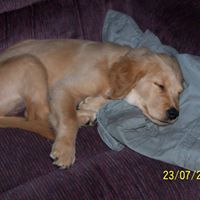
Larry Paulson
view source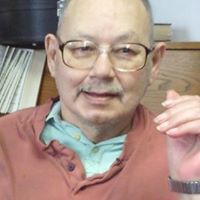
Larry Paulson
view source
Larry Paulson
view source
Larry Paulson
view source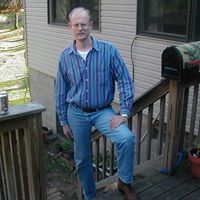
Larry Paulson
view source
Larry Dean Paulson
view source
Larry Paulson
view sourceGoogleplus

Larry Paulson
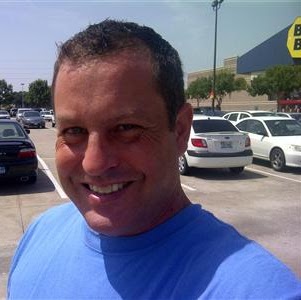
Larry Paulson

Larry Paulson

Larry Paulson
Flickr
Youtube
Classmates

Larry Paulson
view sourceSchools:
Mt. Vernon Christian High School Atlanta GA 1989-1993
Community:
Cory Killorin, John Statham, Jim Snuggs, Nancy Schaefer, Stephen Matz

Larry Paulson
view sourceSchools:
Clearbrook High School Clearbrook MN 1959-1963
Community:
Annette Rhen, Darren Erickson, David Bardwell, Kimberly Charles

Larry Paulson
view sourceSchools:
Clearbrook High School Clearbrook MN 1957-1961
Community:
Annette Rhen, Darren Erickson, David Bardwell, Kimberly Charles

Larry Paulson
view sourceSchools:
Kerkhoven High School Kerkhoven MN 1959-1963
Community:
Donna Gilliland, Judith Johnson, Larry Gafkjen, Howard Frederick

Larry Paulson
view sourceSchools:
Hastings High School Hastings NE 1966-1970
Community:
Mitchell Douglas

Larry Paulson | Stevens P...
view source
Larry Paulson | Newbury P...
view source
Larry Paulson, Kennedy Hi...
view sourceGet Report for Larry Lodoen Paulson from Eden Prairie, MN, age ~77











